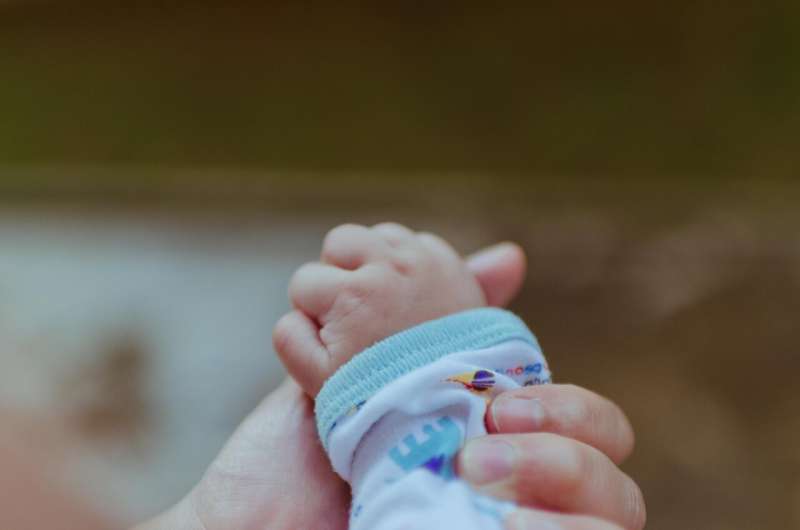This article has been reviewed according to Science X's editorial process and policies. Editors have highlighted the following attributes while ensuring the content's credibility:
fact-checked
trusted source
proofread
Study sheds light on bacteria associated with pre-term birth

Researchers from North Carolina State University have found that multiple species of Gardnerella, bacteria sometimes associated with bacterial vaginosis (BV) and pre-term birth, can coexist in the same vaginal microbiome. The findings, published in mSystems, add to the emerging picture of Gardnerella's effects on human health.
Gardnerella is a group of anaerobic bacteria that are commonly found in the vaginal microbiome. Higher levels of the bacteria are a signature of BV and associated with higher risk of pre-term birth, but it is also found in women who have no sign of disease.
"We were trying to understand diversity within Gardnerella," says Ben Callahan, associate professor of population health and pathobiology at NC State and corresponding author of the work.
"Scientists have only recently begun to look at individual Gardnerella species, so we don't know yet whether different species might have different health effects. So our main aim was to explore the ecology of Gardnerella."
The unique challenge in sequencing the vaginal microbiome is that any samples will be predominantly composed of the host's DNA, which makes extracting microbial data more expensive and time consuming. The research team's first job was to establish a methodology that allowed them to identify distinct species of Gardnerella from the microbiome data.
"The available tools to study the vaginal microbiome would consider all Gardnerella as the same species," says Hanna Berman, postdoctoral research scholar at NC State and lead author of the work. "To even be able to do this work, we had to create our own database of Gardnerella genomes and devise a method to identify the different Gardnerella species. Hopefully this will also allow more researchers to be able to study Gardnerella diversity."
The research team looked at sequencing data from three cohorts: two random populations of pregnant women, and one population with a history of pre-term birth. They analyzed the metagenomic sequences of Gardnerella from the samples to see if there was a relationship between a particular Gardnerella species and pre-term birth.
While they didn't find a "smoking gun," they did make two surprising findings.
First, they identified a potential 14th species of Gardnerella among the samples—prior to this work only 13 species had been identified.
They also saw that in the majority of samples in which Gardnerella was present, multiple species of Gardnerella coexisted in the same microbiome: anywhere from two to as many as all 14 known Gardnerella species were found in single samples.
"Normally if a species of bacteria has colonized an environment, we expect it to exclude close relatives that would occupy the same environmental niche and consume the same resources," Callahan says. "I often say that with bacteria all things are possible, but this is still unusual. We also saw that when the overall microbial load is higher, Gardnerella is a higher proportion of the microbial load.
"Evidence continues to build that Gardnerella has an association with pre-term birth, but the details of that relationship are complicated. In this work, we didn't find one bad species of Gardnerella—they may all be bad. This is far from the end of the story."
The researchers hope to explore questions of species coexistence and microbiome composition further in future work.
"The vaginal microbiome has been understudied," Callahan says. "For example, it is often dominated by one species of Lactobacillus, which creates an environment that excludes other bacteria. When it isn't there, Gardnerella is. So how do the bacteria interact?
"Answering these questions may lead to more effective treatments for BV, and for ways to predict and avoid pre-term birth. This work is an important step in that process."
More information: Hanna L. Berman et al, Gardnerella diversity and ecology in pregnancy and preterm birth, mSystems (2024). DOI: 10.1128/msystems.01339-23



















